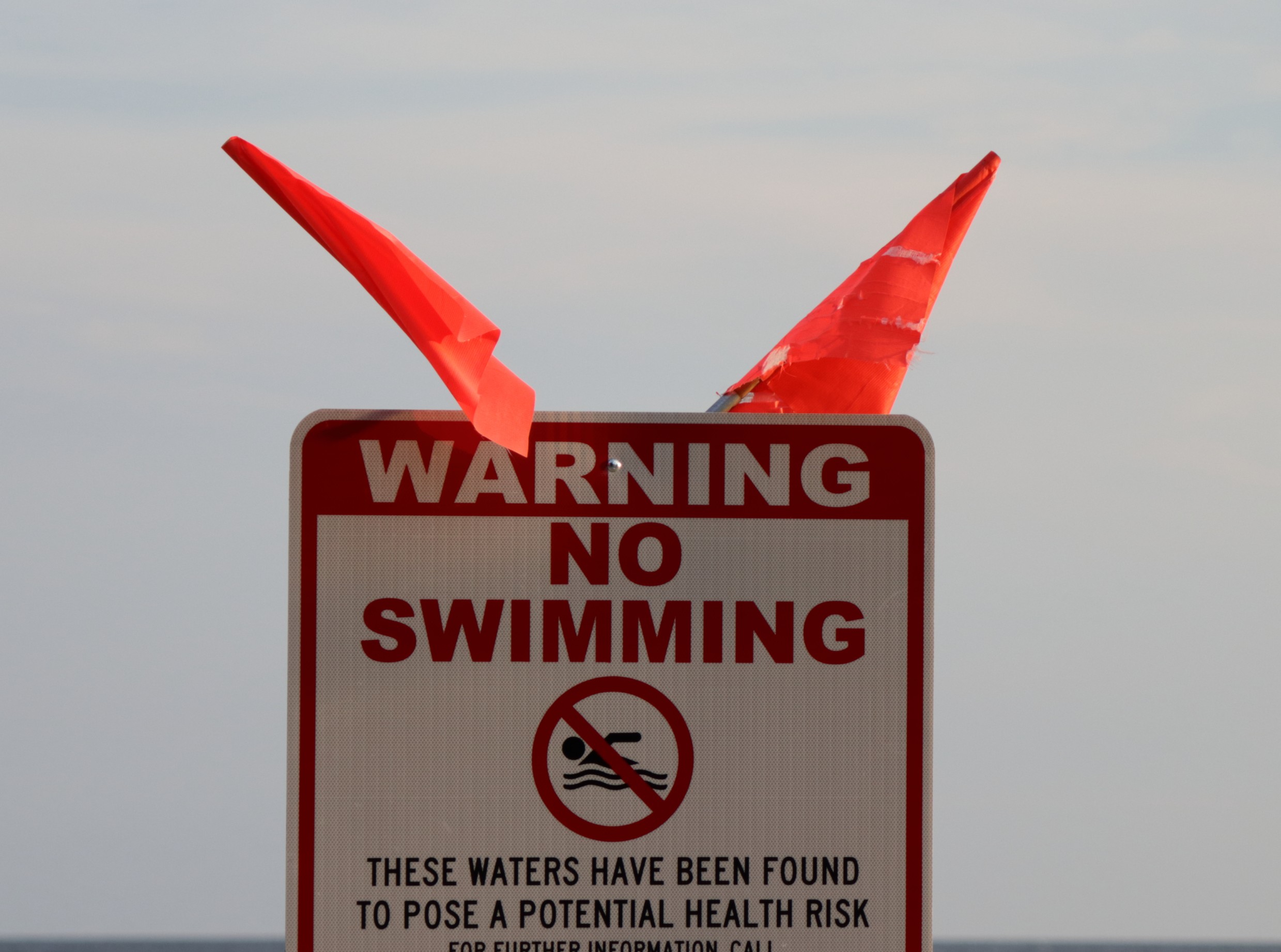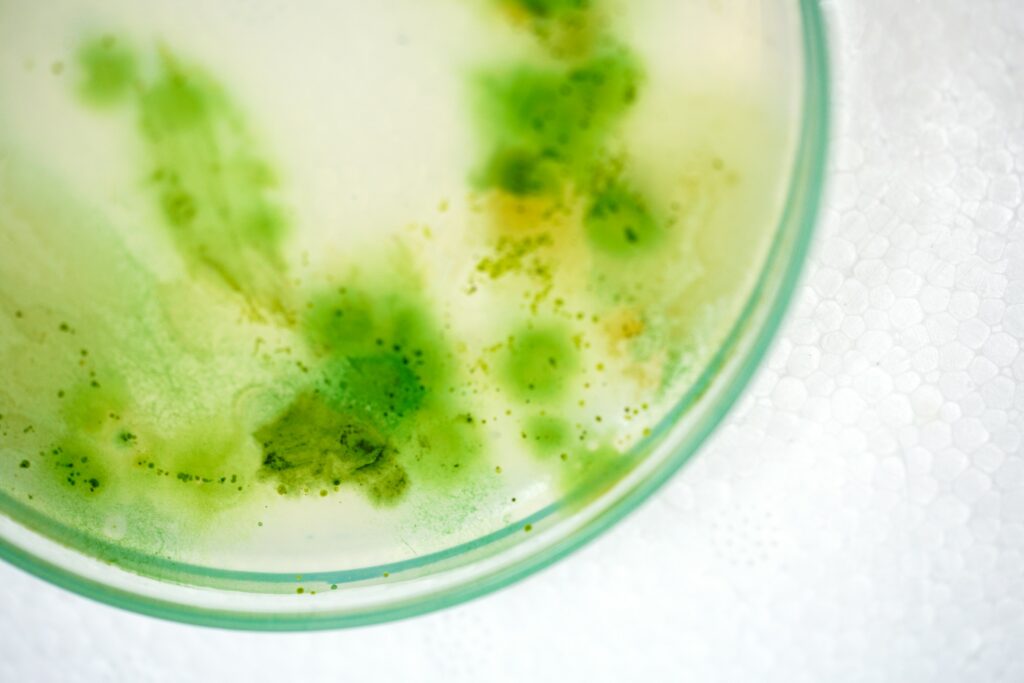
Heavy Rain, Flooding, and Chance of Severe Weather Staring Down the Southern U.S.
January 22, 2024
Posted: June 14, 2023 9:30 am





Climate experts are warning that this year’s massive sargassum bloom could evolve into a pathogen storm that could pose health risks to those in its path. Here is what you need to know about this potential flesh-eating bacteria if your travels this summer are taking you to the beach.
Known as sargassum, this specific type of seaweed that has been spotted along the Florida coastline is the largest bloom on record. The blob has expanded from the west coast of Africa all the way to the Gulf of Mexico, putting some of the nation’s most popular beaches at risk.
In addition to creating risks for the marine life that calls the Atlantic Ocean home, the sargassum can also pose threats for humans in the form of respiratory issues and dangerous bacteria.
Scientists have been tracking and measuring sargassum accumulations since 2011. However, this year’s bloom is the largest ever recorded, clocking in at twice of the width of the entire U.S. This puts it a span of over 5,000 miles wide.
Not all forms of sargassum are bad. When it is floating out in the open seas, the seaweed serves as a home and food source for many types of fish, marine birds, and mammals. But too much of this type of seaweed accumulating and decomposing on shore can create a host of problems for the environment, animals, and humans.

According to a news release recently published in the journal Water Research, the sargassum can interact with typical plastic debris found in the world’s oceans and a specific type of bacteria from the Vibrio genus to create dangerous pathogens. The researchers for the study looked into whether this Vibrio bacteria could infect humans.
Also known as a flesh-eating bacteria, Vibrio bacteria occurs naturally in some parts of the ocean. According to the U.S. Centers for Disease Control and Prevention (CDC), this bacteria grows and becomes more potent when ocean waters measure on the warmer side.
A little over 10% of the Vibrio species of bacteria cause an illness in people known as vibriosis.
The CDC warns that vibriosis can be contracted by eating raw or undercooked shellfish or when an open wound is submerged in salt water or a mix of freshwater and salt water known as brackish water.
What is most concerning to medical care professionals is that these flesh-eating infections are not typically visible. Instead, they eat at the organs from the inside.
The recent research study looked at 16 different varieties of Vibrio colonies left by sargassum, plastic marine debris, and eel larvae samples from the Caribbean Sea and some areas of the North Atlantic Ocean.
What the data demonstrated is that the Vibrio bacteria works aggressively to adhere to plastic in a fast amount of time, helping to accelerate the spread.
While the authors of the study did not find the flesh-eating bacteria in their sargassum samples, they caution that this does not mean that the bacteria is not floating in the water.
Experts note that the seaweed itself is not dangerous to humans. However, the seaweed moving through the open ocean waters and picks up pathogens, garbage, and other types of debris that can create harmful environments.
In addition, the sargassum hitting the shores of the U.S. can mix with the hot sun this time of the year to create an ideal breeding ground for Vibrio bacteria to multiply.

The good news is that this potentially dangerous bacteria is avoidable if you exercise caution. The most dangerous exposure happens when the bacteria lives on the marine plastic debris that is sharp enough to cut through human skin.
This means that the bacteria can then enter the skin through scrapes, cuts, and other types of wounds. The bacteria can also enter through recent surgical incisions, new tattoos, or body piercings.
Vibriosis is responsible for about 80,000 illnesses each year in the U.S. Over half of these illnesses are the result of eating food contaminated with the bacteria. Vibriosis is not contagious between humans.
The Florida Department of Health said that infections from Vibrio bacteria are rare. The Sunshine State has recorded 10 cases so far this year with two of those infections resulting in death.
The year 2022 saw a higher number of cases with the state confirming 17 fatalities over 74 cases. However, this spike was blamed on the aftermath of Hurricane Ian.
While the risk of contracting a Vibrio vulnificus infection is low, the illness can lead to serious complications and death. The bacteria has a fatality rate of about 20% with some deaths happening within one day of becoming ill.
Experts warn that beachgoers should avoid playing in the seaweed or in tide pools with the sargassum blooms. Pets should also avoid these areas. A bad odor coming off of the seaweed is a sign that it could be dangerous. The hydrogen sulfide emitted from the algae can also trigger respiratory issues.
It is typically safe to swim in ocean waters that have been infected with sargassum, however, you should avoid this if you have open wounds.
It is also important to monitor any potential symptoms should you not feel well after swimming at a beach that has sargassum on its shores or in its waters.
Symptoms of Vibrio vulnificus infections include headaches, chills, nausea, vomiting, dizziness, balance problems, diarrhea, or skin lesions that begin to blister. While it has a high fatality rate, vibriosis is treatable if detected early.
Did you find this content useful? Feel free to bookmark or to post to your timeline for reference later.

January 21, 2024

January 19, 2024

January 18, 2024